 |
| Crotalus ornatus
My favorite species (along with Crotalus molossus). The eastern blacktail is found up to 7,000+ feet in the mountains of New Mexico but
are probably most well known for being associated with limestone canyons of West Texas. |
 |
| An adult male that buzzed on a talus slope. Socorro County, NM. June 2007. |
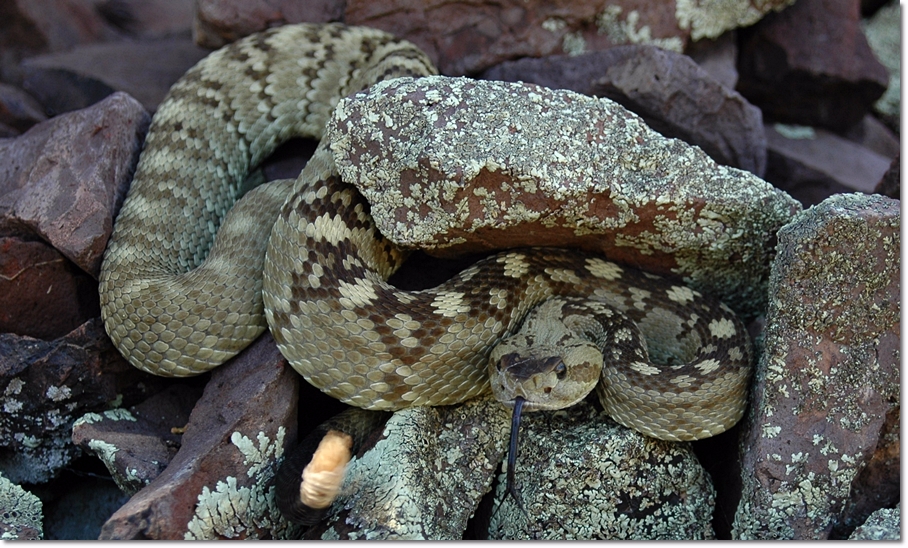 |
 |
| This blacktail ate a squirrel and was in the sun digesting it when it buzzed us when we came near it.
Socorro County, NM. May 2008. |
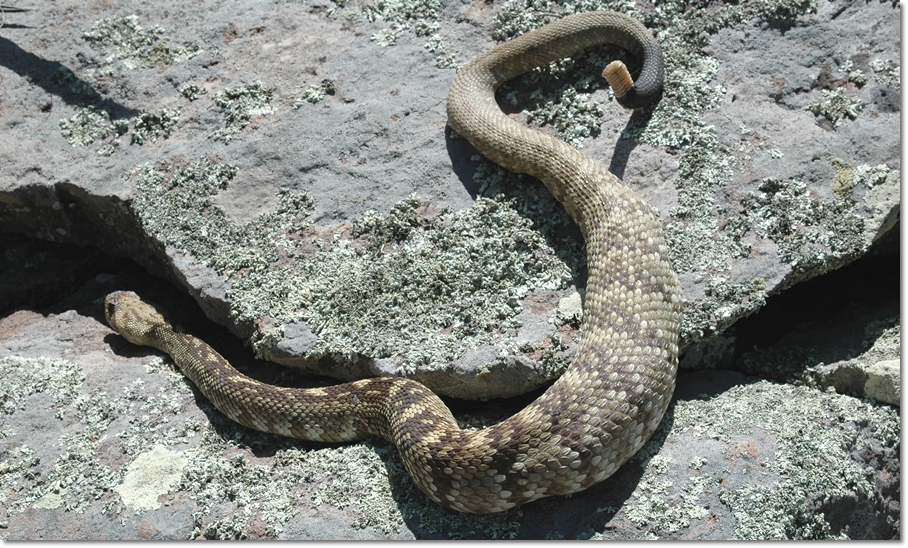 |
 |
| A road-cruised adult male. Doña Ana County, NM. August 2008. |
 |
 |
| An adult male from the west side of the Black Range. Grant County, NM. August 2008. |
 |
 |
| Blacktail in a crack. This is about the northernmost locality for the species. Bernailillo County, NM.
March 2009. |
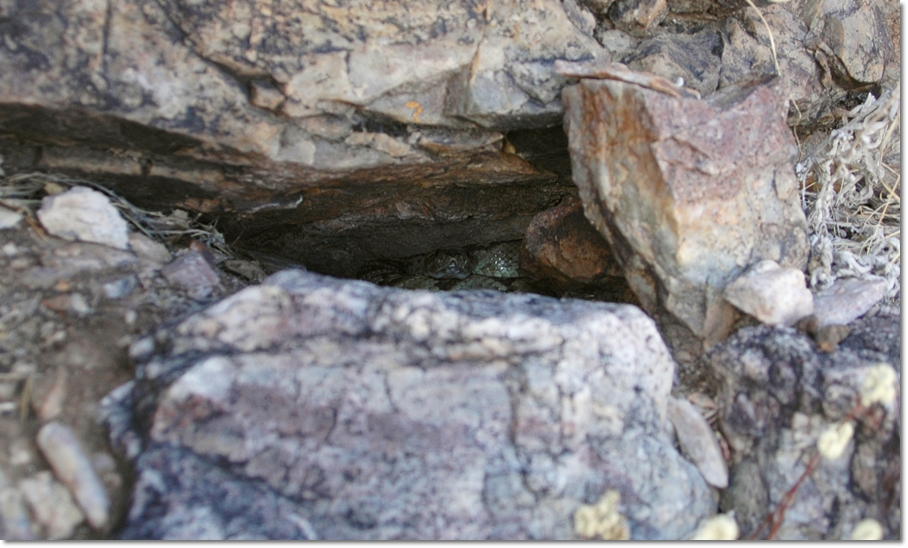 |
 |
| An adult with light-colored saddles. Socorro County, NM. July 2011. |
 |
 |
| A large adult male in situ. Grant County, NM. August 2011. |
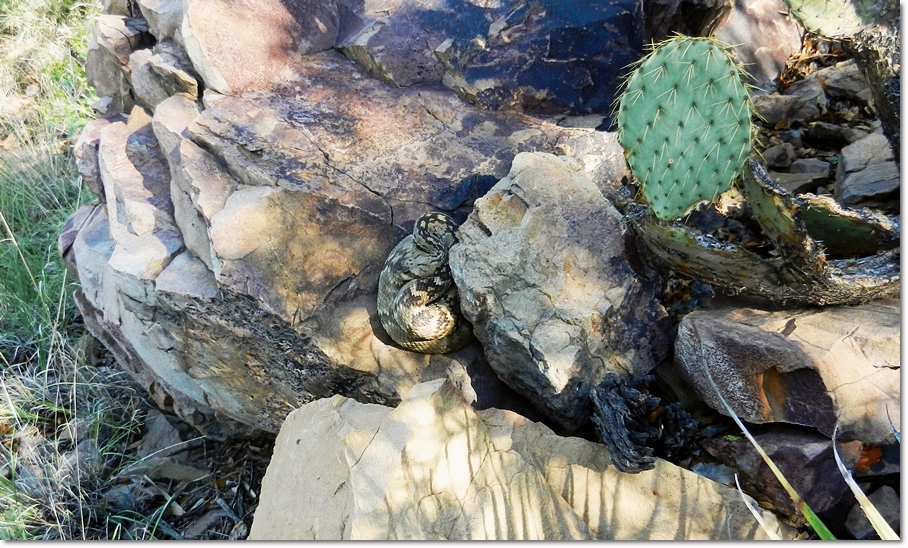 |
 |
| A blacktail on a north-facing slope waiting for the sun to hit the talus in the morning. Luna County, NM.
August 2011. |
 |
 |
| Of course I did not have my DSLR camera on me this day. Found a pair of blacktails copulating at the
bottom of a canyon in the Mags. Socorro County, NM. August 2011. |
 |
 |
| Although melanistic individuals are documented from the Carrizozo Lava Flows, they are not all
melanistic. Lincoln County, NM. July 2012. |
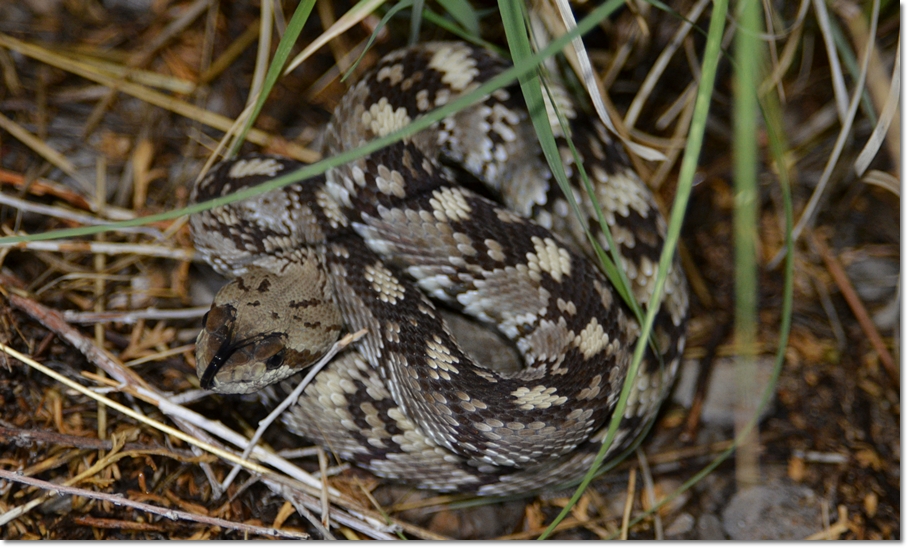 |
 |
| This species can be found in just about any mountain range or in this case a hill. Luna County, NM.
August 2013. |
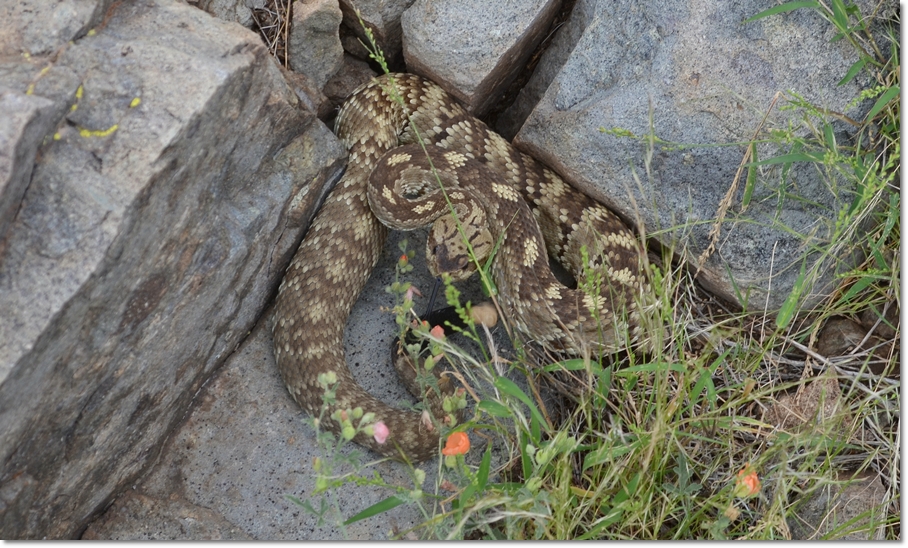 |
 |
| This skinny little blacktail buzzed us on a cut one evening. Pecos County, TX. July 2015. |
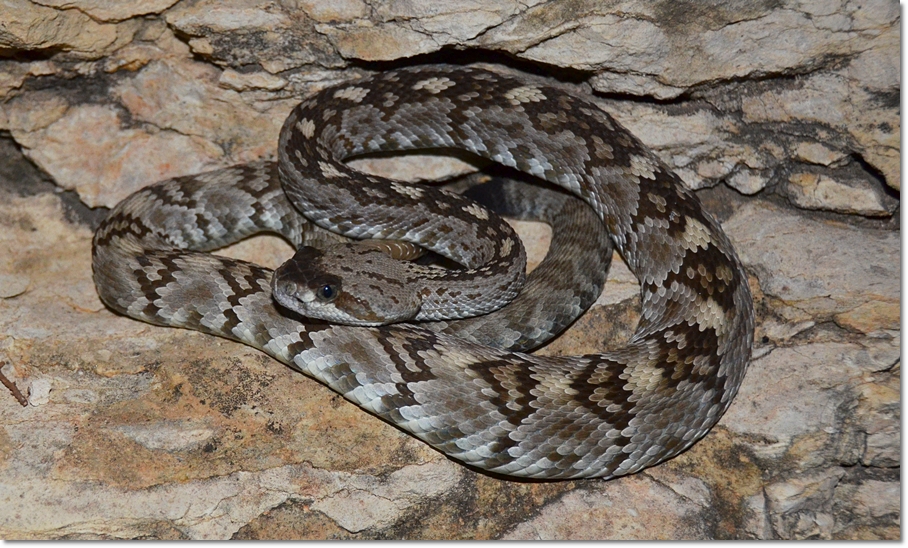 |
 |
| This snake was seen crawling on top of a cut in the wee hours of the morning. Photographed the next day.
Pecos County, TX. June 2018. |
 |
 |
| A juvenile from the east side of the Black Range. Sierra County, NM. September 2018. |
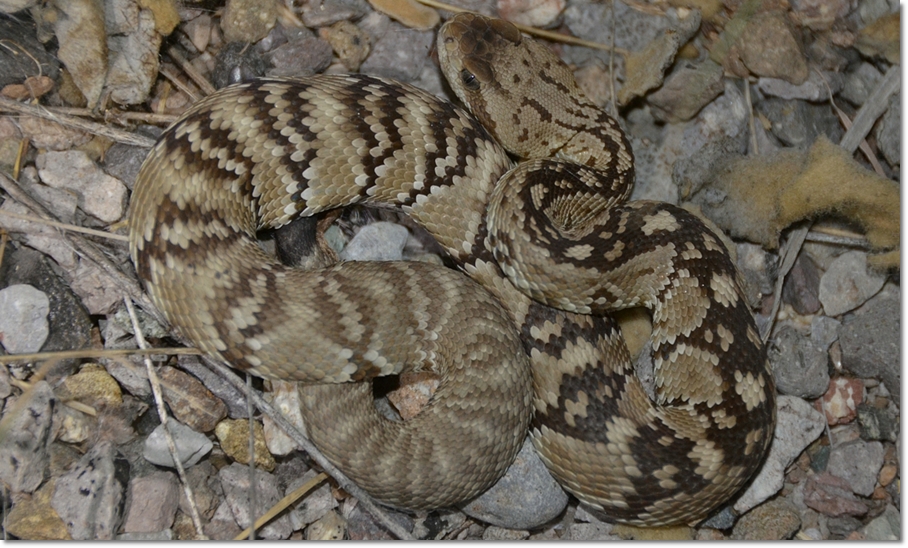 |
 |











